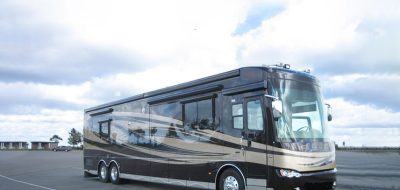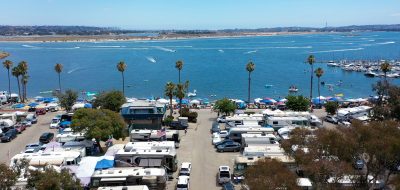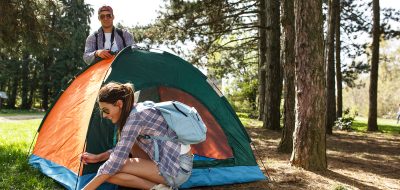With most of the U.S. and Canada ending their summer vacations as families get ready to head back to school, many snowbirds have started planning and gearing up for another winter in the U.S. Sunbelt.
Warm weather hubs such as Arizona, Southern California, Florida, and Texas are top destinations for their predictable warm weather.
Texas increases in popularity each winter as more snowbirds search for alternatives to the traffic congestion and high costs of the Sunshine State.
People who travel to Texas for the winter months are known as Winter Texans.
Most Winter Texans congregate in one of two areas—the Coastal Bend and the Rio Grande Valley, affectionately referred to as “The Valley”. Although the majority of snowbirds wintering in Texas settle into The Valley, the Coastal Bend is becoming an increasingly popular destination. It’s been referred to as one of the best-kept secrets in Texas.
Coastal Bend
The Coastal Bend is a region of sheltered bays and natural harbors in the central section of the Texas shoreline.
Corpus Christi
The principal city of Corpus Christi is a hub of commerce and culture offering all the usual amenities expected from a medium-sized community. A visit to the Texas State Aquarium means a chance to kiss a dolphin, touch sharks, and view free-flight performances by a variety of birds. Also explore the nearby “Blue Ghost,” the USS Lexington, a World War II-era aircraft carrier that now serves as a museum.
Smaller coastal towns with names like Port Aransas, Port Mansfield, Port Lavaca, Rockport-Fulton, provide the best in rural offerings with a coastal twist.
Rockport-Fulton
Named for the rock ledge that underlies its shore, Rockport offers a chance to learn about history while soaking up the view. The Texas Maritime Museum captures the state’s sea heritage, with items dating to the wreck of Robert La Salle’s La Belle (which brought the French explorer to Matagorda Bay before sinking in 1686) and exhibits on offshore oil and gas exploration.
Envision the life of an affluent Victorian family while exploring Fulton Mansion, built in 1877 with comforts not easily found: gas lights, central heat, and running water.
At Goose Island State Park you’ll find the wintering grounds for whooping cranes and other migratory birds. It’s also home to the 2,000-year-old Big Tree, one of Texas’ largest live oak.
Port Aransas
Take the free ferry to Port Aransas, on the northern tip of Mustang Island. Anglers will find paradise in Port Aransas, which calls itself the Fishing Capital of Texas. Cast off lighted piers, in the bay or deep sea, then bring your catch to one of the many restaurants that will prepare it as you like for dinner.
Port Aransas has five sites along the Great Texas Coastal Birding Trail and offers many spots to see and photograph birds, such as the Leonabelle Turnbull Birding Center, Wetland Park, and Joan and Scott Holt Paradise Pond and Nature Preserve.
Port Lavaca
An important center for commercial and pleasure fishing, ranching, and agriculture, Port Lavaca was once a shipping port for cattle. Port Lavaca is located near the center of the Gulf Coast region between Galveston and Corpus Christi, just south of Victoria, Texas. Port Lavaca and Calhoun County are surrounded by Lavaca and Matagorda Bay on the east, San Antonio Bay on the west, and Espiritu Santo Bay in the South; a total area of 912 miles (583,680 acres) and an impressive 246,720 acres of water. Calhoun County is a migratory flyway for 400 species of birds including the endangered whooping crane. For seven consecutive years, more bird species have been recorded in Calhoun County than in any other county in the nation during the North American Migration Count.
And now Winter Texans—like the pirates of yore—have one more reason to catch some wind in their sails and go for it.





